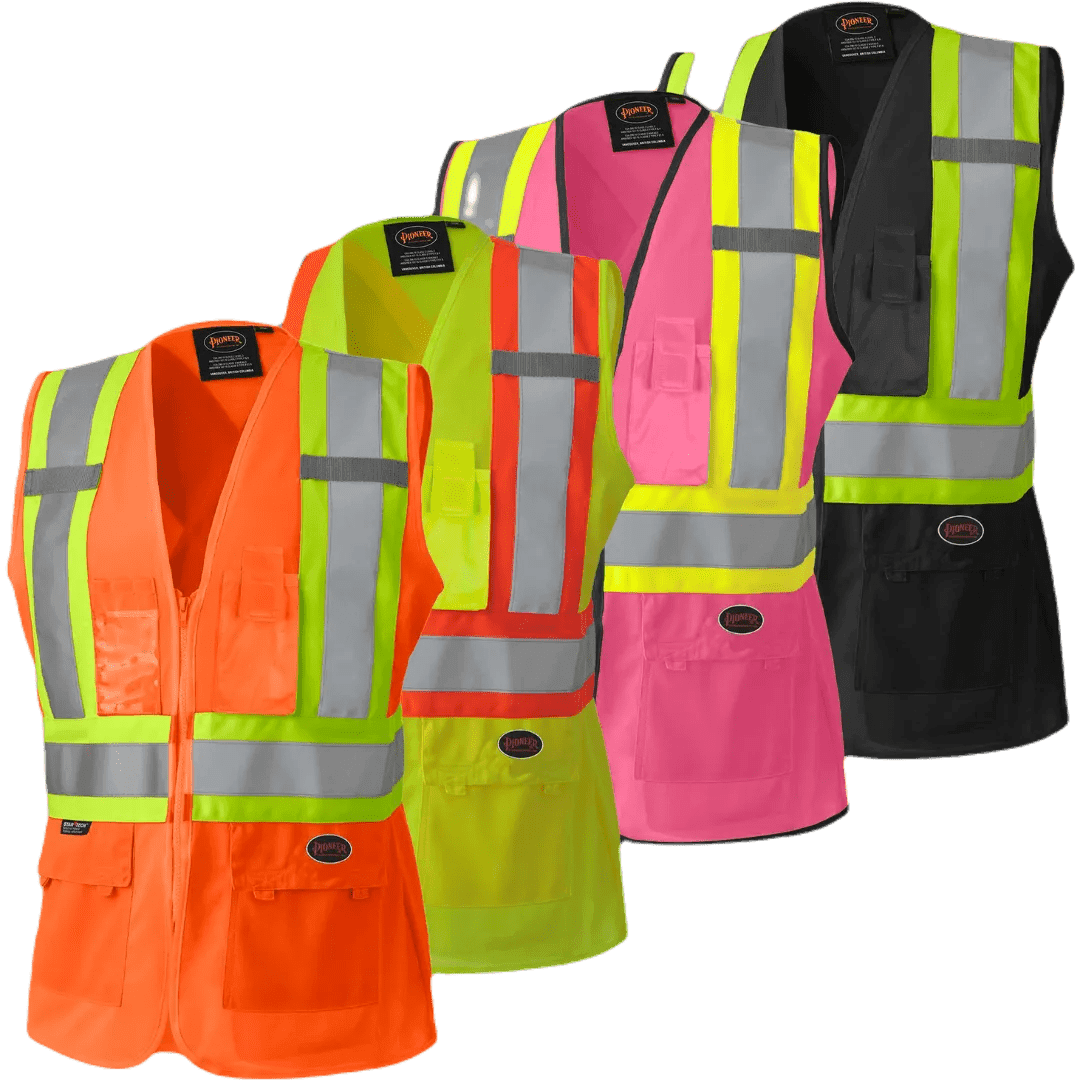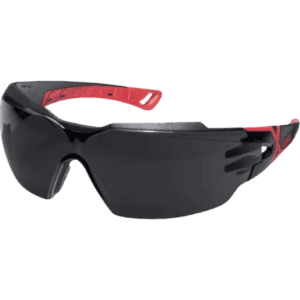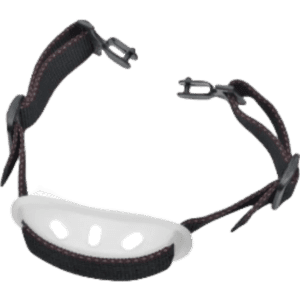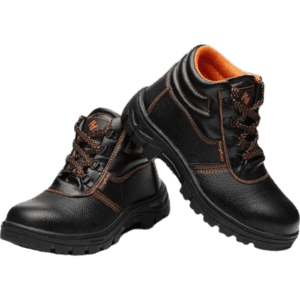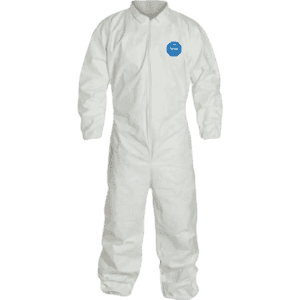High visibility vests are an important safety garment worn by workers to ensure they are visible in low-light conditions or high-risk environments. These vests are made from bright fluorescent materials and feature reflective strips that reflect light back to its source, significantly improving the wearer’s visibility. High-visibility vests are commonly used in industries such as roadwork, construction, logistics, and manufacturing, where workers may be exposed to moving vehicles or machinery.
Key Features:
- Fluorescent Materials: Bright colors such as yellow, orange, or lime for high visibility in daylight.
- Reflective Strips: Strategically placed strips that reflect light from headlights or machinery lights, making the worker visible at night or in low light.
- Breathable Fabrics: Lightweight and breathable materials to ensure comfort during extended wear.
- Adjustable Fit: Velcro, zippers, or buckle closures for easy adjustment and secure fit.
- Multiple Pockets: Some models feature pockets for storage of small tools or personal items.
Types and Standards: High visibility vests must meet safety standards such as SASO 1037 (Saudi) and ANSI 107 (American), which govern color, reflectivity, and design. The types include:
- Class 1 Vests: For workers in low-risk areas with minimal vehicle or machine traffic.
- Class 2 Vests: For workers in areas with moderate traffic or low-light conditions.
- Class 3 Vests: For high-risk areas with fast-moving vehicles or hazardous conditions, providing maximum visibility.
Brands Available:
Reputable brands offering high visibility vests include Portwest, 3M, Carhartt, and Helly Hansen, known for their durable and high-performance safety gear.
General Maintenance: High visibility vests should be cleaned regularly according to the manufacturer’s instructions. Avoid using fabric softeners or bleach. Check for wear and tear on reflective strips and fabric, and replace any damaged vests to maintain optimal visibility and safety.

